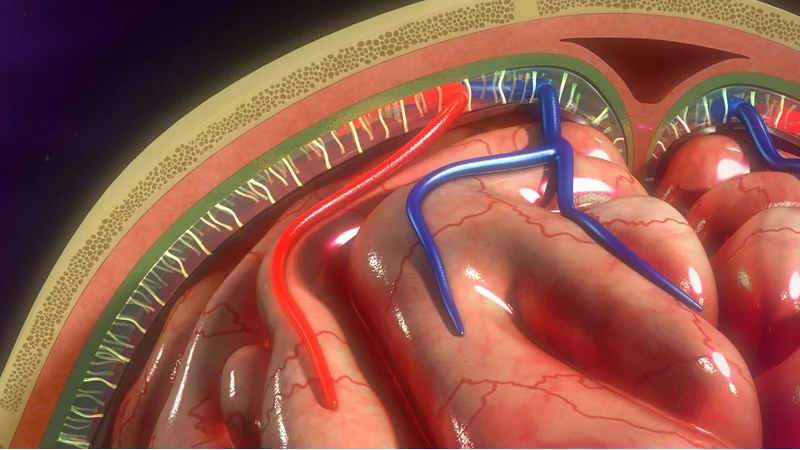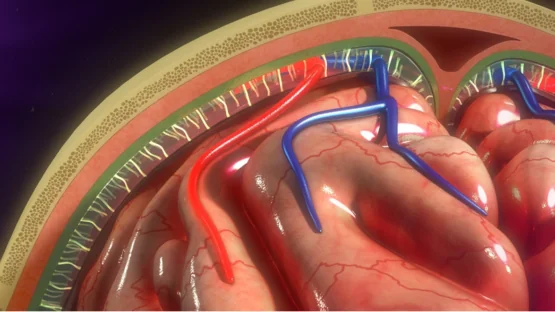A study conducted in Sweden and published in Scientific Reports has outlined the relationship between aging and the metabolites present in cerebrospinal fluid (CSF), which cushions and supports the brain and spine.
A detailed, metabolic analysis
The researchers extracted CSF from 41 people aged 20 to 74 who don’t have neurological disorders. They investigated somewhat fewer than 2,000 metabolites that they could correlate across at least three-quarters of the samples. Through computational analysis, they determined which metabolites were associated with gender and which were associated with aging.
Comprehensive, if not fully clear, results
The researchers found that while men and women express different metabolites in CSF, these differences are largely orthogonal to aging. Once this was confirmed, the researchers ceased to investigate sex-based differences and focused solely on age-related metabolites. Most of these metabolites increased with aging; the researchers found only five that decreased instead.
While it is largely arcane with chemical identifiers, the full list of the strongest aging-linked metabolites is interesting in its detail. Only a few of them are directly connected with known neurodegenerative disorders, such as dopaquinone, which is labeled as being linked to Parkinson’s disease.
Many of these metabolites were listed as being of microbial origin. While this does not provide conclusive proof on its own, this provides additional and useful evidence showing the relationship between the gut and the brain. We have published multiple articles on how the gut microbiome and brain chemistry interact.
A similar number of age-related metabolic changes were related to the cytochrome P450 system, which affects the blood-brain barrier, and the researchers cite prior research showing how gene expression harms this system [1]. Inflammation, immunity, and basic, fundamental parts of cellular metabolism were affected as well, such as the NAD+ cycle and purine metabolism. The researchers hypothesize that many of these changes are related to increased expression of compounds that mediate stress and repair damaged DNA.
Probably the most fascinating metabolites, however, are simply listed as “Unknown” on the table. The researchers did not identify them nor any purpose they might have had; these compounds were simply found to be higher or lower in aged individuals than younger ones. An investigation into what these metabolites are and what they do is clearly a promising subject for future research.
Conclusion
This study is illuminating but preliminary, and it consisted of only 41 participants among a wide range of ages. The researchers were unable to control for things like caffeine intake and prescription drug use. A broader and more in-depth study could reveal the impact and extent of such compounds.
Additionally, because many of the metabolites were found to be of microbial origin, such a future study could potentially benefit from a side-by-side examination of the gut microbiome. Using other biological markers of aging, such as epigenetic clocks, could also shed more light on this relationship.
Literature
[1] Wauthier, V., Verbeeck, R. K., & Buc Calderon, P. (2007). The effect of ageing on cytochrome p450 enzymes: consequences for drug biotransformation in the elderly. Current medicinal chemistry, 14(7), 745-757.



